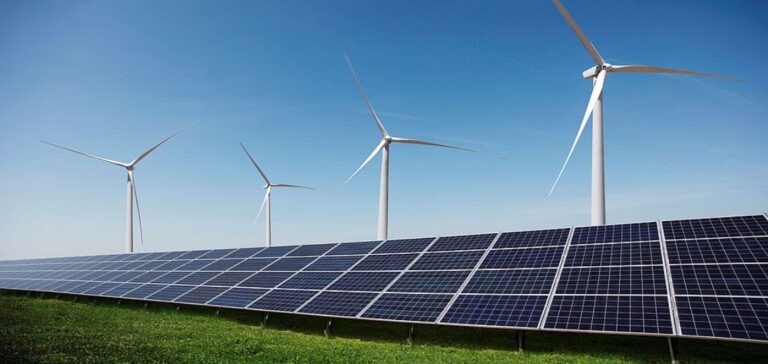South Korea is currently preparing the launch of major tenders aimed at enhancing its national renewable energy capacity. These tenders will cover a combined capacity of 2.25 gigawatts (GW), comprising 1.25 GW for fixed-foundation offshore wind projects and 1 GW dedicated to solar photovoltaic projects. Scheduled for June 2025, these auctions form part of a strategic framework aimed at diversifying South Korea’s energy mix. The government has introduced new financial and technical criteria to ensure the stability and security of the national energy supply.
Offshore Wind: A Segmented Market with New Technical Criteria
The tender for fixed offshore wind will allocate its 1.25 GW capacity across two distinct categories: 500 megawatts (MW) reserved for public tenders and 750 MW available to private projects. A price ceiling has been set at 176,565 South Korean won per megawatt-hour (KRW/MWh), approximately 128 U.S. dollars (USD/MWh). This tariff will be an essential benchmark for companies formulating financial proposals. Additionally, a new security index will evaluate the stability of installations, awarding up to eight additional points for public projects and six points for private projects. South Korea thus targets a total offshore wind capacity of 18.3 GW by 2030.
Moreover, the government will facilitate the establishment of Power Purchase Agreements (PPA) between selected producers and companies participating in the international RE100 initiative. This mechanism is intended to provide operators with stable and predictable revenue streams while easing the long-term financing of wind projects. The defined regulatory conditions aim to secure the economic aspects of these ambitious energy projects.
Solar Photovoltaics: New Economic Conditions and Environmental Criteria
Regarding the solar photovoltaic tender, the available capacity will be 1 GW with a price ceiling set at 155,742 KRW/MWh (approximately 113.6 USD/MWh), slightly lower than last year’s. A specific environmental criterion has been introduced: photovoltaic modules with a low carbon footprint can benefit from a tariff bonus, provided they meet a maximum emissions threshold of 655 kg CO₂/kW. This environmental criterion complements the economic criteria without overriding them, as financial factors remain predominant in contract awards.
These tenders align with South Korea’s strategic objective to achieve a total renewable capacity of 40 GW by 2030, corresponding to an estimated annual electricity production of 134 terawatt-hours (TWh). These auctions follow the previous year’s allocations, which awarded nearly 2 GW in offshore wind and 1 GW in solar capacity. Finally, the country potentially plans new tenders for floating and onshore wind in the second half of 2025, depending on outcomes and evolving national energy demand.






















